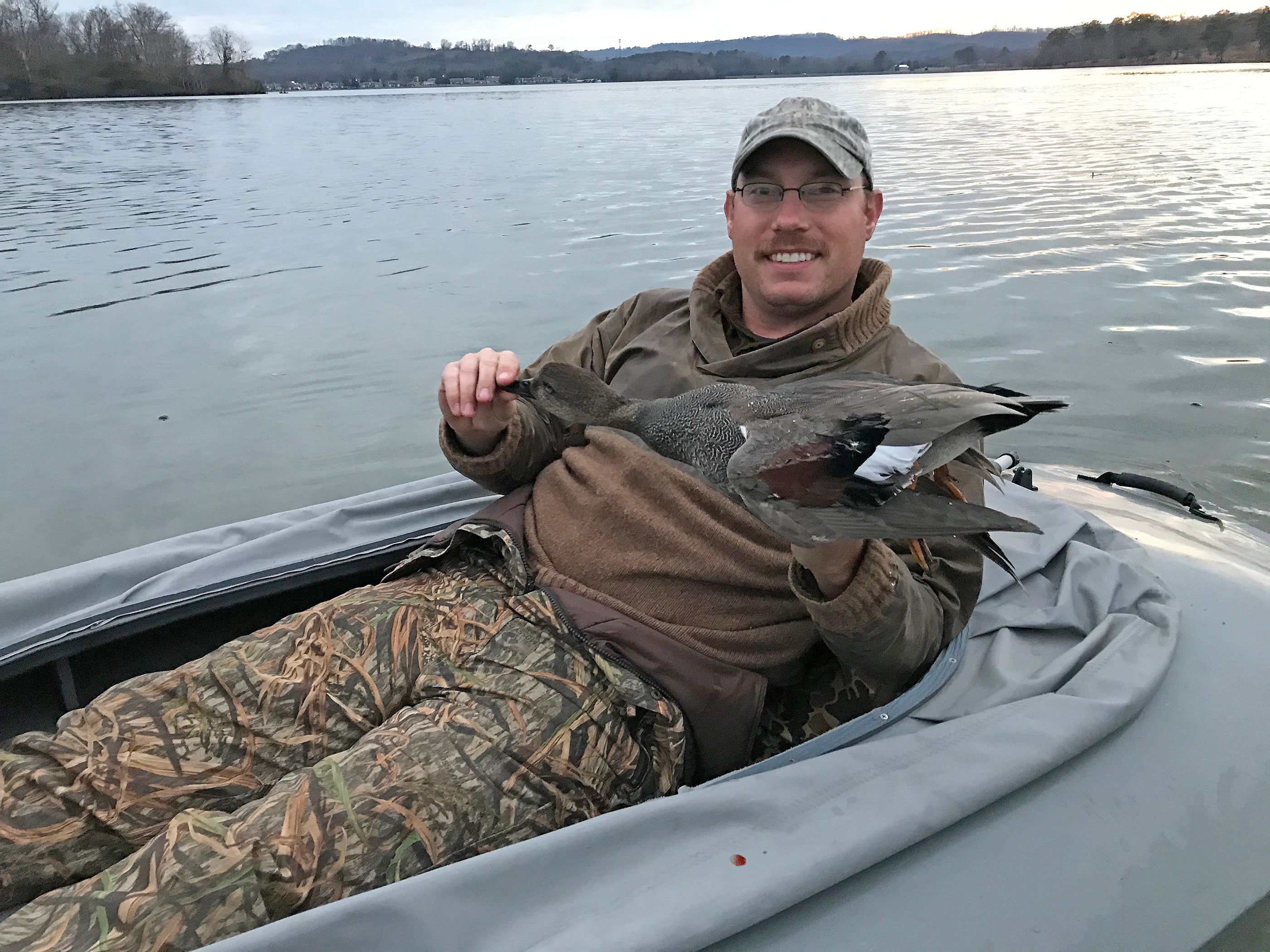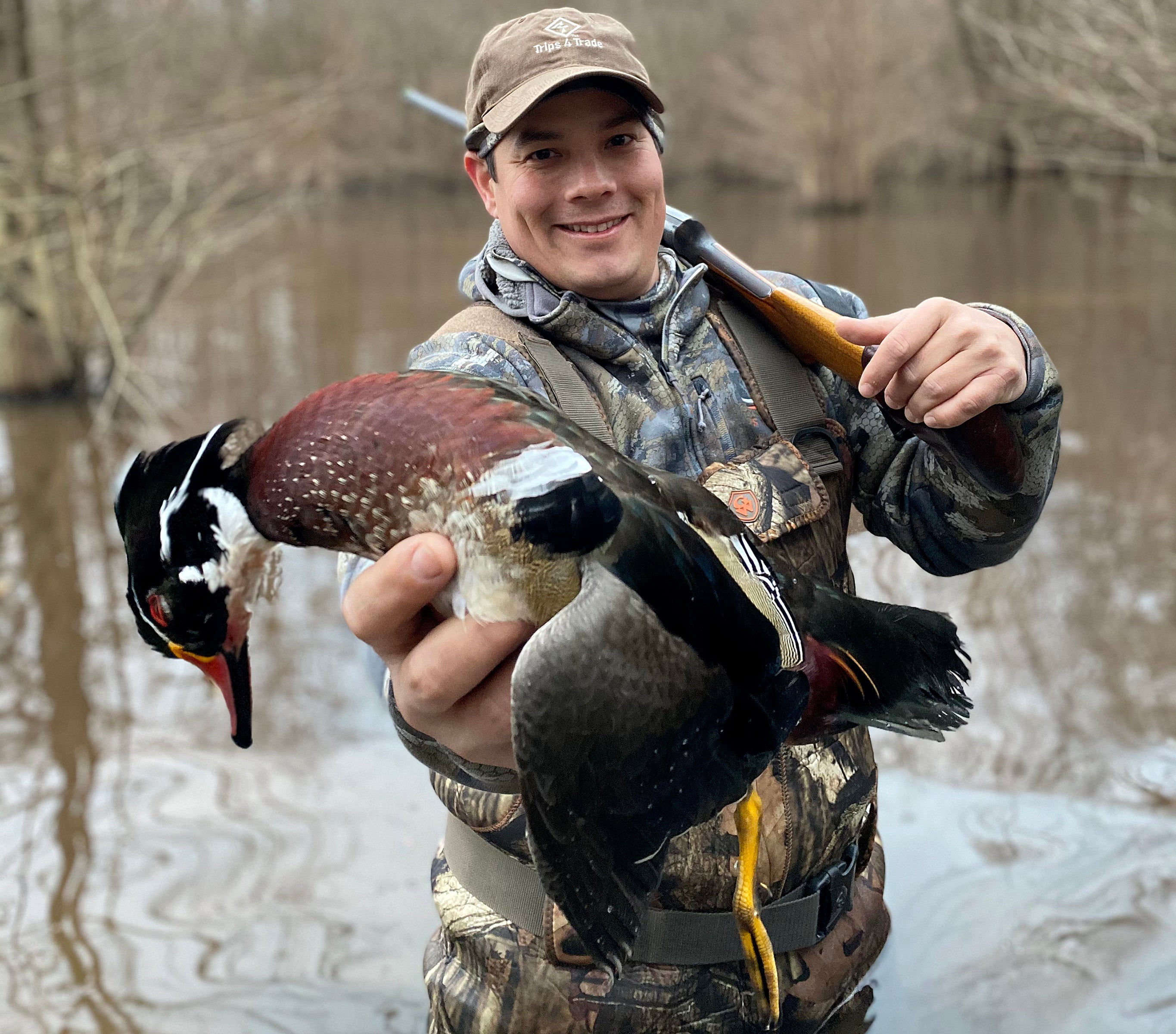By DAVID RAINER, Alabama Department of Conservation and Natural Resources
For the first time since 2019, the U.S. Fish and Wildlife Service (USFWS) was able to conduct the waterfowl breeding population survey, and the results were mixed. Overall waterfowl numbers in 2022 were down from the 2019 count, but the number of breeding ponds observed in 2022 was up 9%.
Seth Maddox, Migratory Bird Coordinator for the Alabama Department of Conservation and Natural Resources’ (ADCNR) Wildlife and Freshwater Fisheries (WFF) Division, said the numbers were about what he expected.
“I’m not really surprised,” Maddox said. “It had been dry the previous year (2021) on the prairies, so there was a lot less water available for breeding. That would drive the population of a lot of these species down from the 2019 numbers. Most of it is habitat related.”
The overall estimate for 2022 was 34.2 million ducks, compared to 38.89 million in 2019. Numbers of mallards, considered the keystone duck species, declined 23% compared to 2019 numbers, down 9% from the long-term average. Gadwall numbers were down 18%, but they are still 30% above their long-term average. American wigeon was down 25%, 19% below the long-term average, and northern pintails were down 21%, 54% below their long-term average.
The pintail count of 1.78 million ducks is the number that concerns Maddox the most.
“The northern pintail is on a pretty precipitous decline,” he said. “We’re actually within 30,000 birds of closing the season down. That’s all tied to habitat on the prairies. They’re kind of a niche species. They like to nest in crop fields, and a lot of their nests get destroyed by agricultural implements when they are working those fields. Historically, they’ve nested in the short-grass prairies, but a lot of that short grass has been turned into agriculture, and the birds are not dealing very well with the transition to the new landscape up there. It is concerning. I expect that within the next couple of years we’ll see a closed season if there’s no change.”
It’s not all doom and gloom for waterfowl populations, however, because several species are doing well.
“A few species are up,” Maddox said. “Redheads are up. Blue-winged teal are way up, and their population continues to grow. Early teal season should be good. The count doesn’t tell the whole story because the habitat has now rebounded. So, we had a really good year of breeding this summer. All the counts were taken before nesting and breeding occurred. We should, based on the habitat conditions this year, have had a really good hatch, and we should have a good fall flight.”
The early teal season opened on September 10 and runs through September 25 with a six-bird daily bag limit. Hunting is from one-half hour before sunrise to sunset.
In the latest survey, blue-winged teal numbers increased 19% and are 27% above the long-term average. Redhead numbers were up 35% from 2019 and 36% over the long-term average.
“Most species are doing pretty good over the long term,” said Maddox, who recently attended a Mississippi Flyway Council meeting in Orange Beach, Alabama. “It doesn’t really concern me that much that we had a one-off incident of poor habitat conditions.
“What happens is those prairie potholes need to regenerate,” he said. “It’s a good thing that they dry out every once in a while. You get sunlight to the soil. The seeds in the soil can grow and put abundant vegetation back in those potholes and increase their food source for nesting and brood-rearing. It’s a good thing to have a reset, and we have good conditions this year. The rain and snow came back to the prairies in the winter and spring, so there’s plenty of water for brood-rearing. The fall flight should be up from what it was. We had a pretty poor season last year because there weren’t many birds in that fall flight, the winter migration South.”








